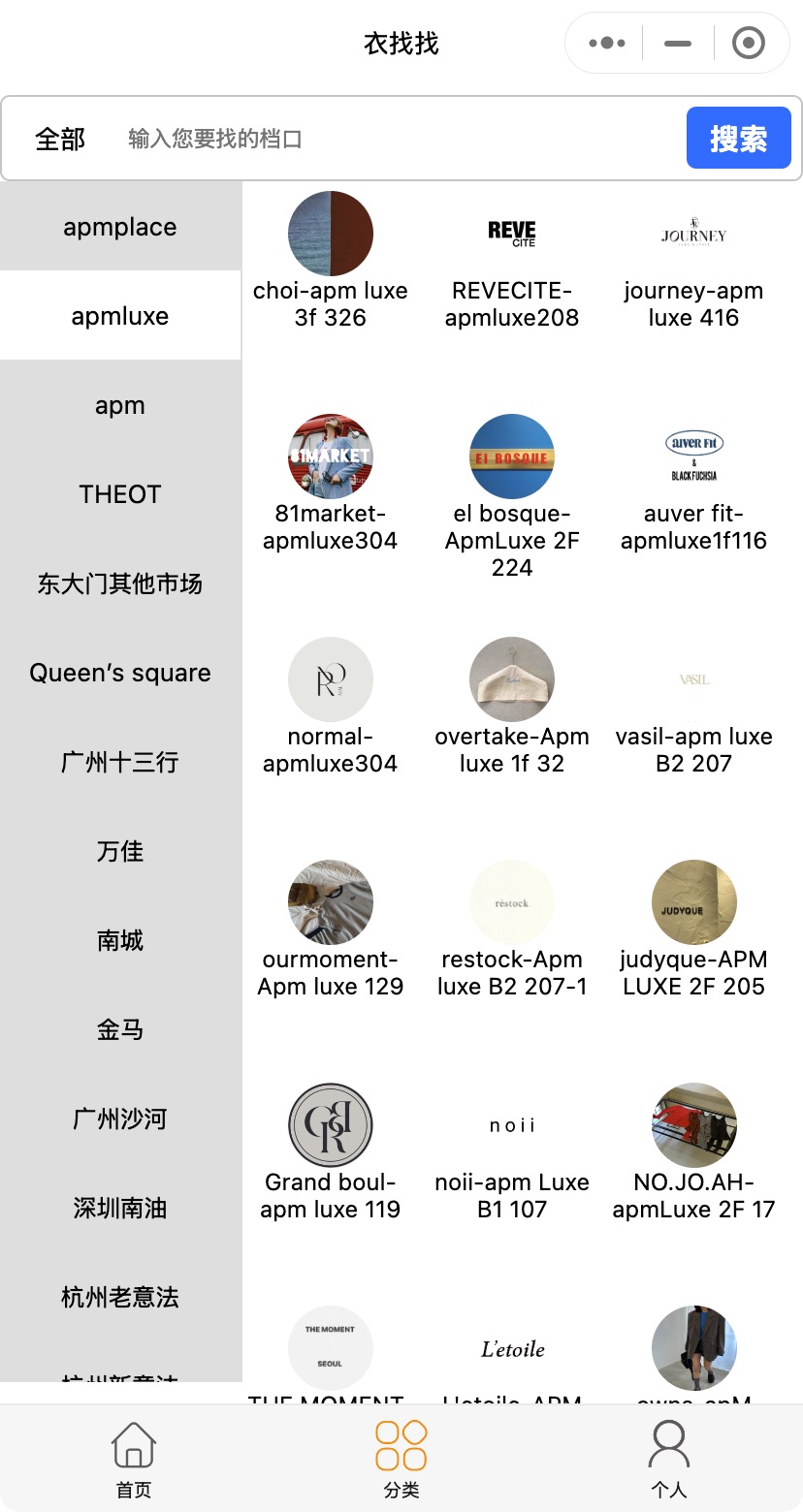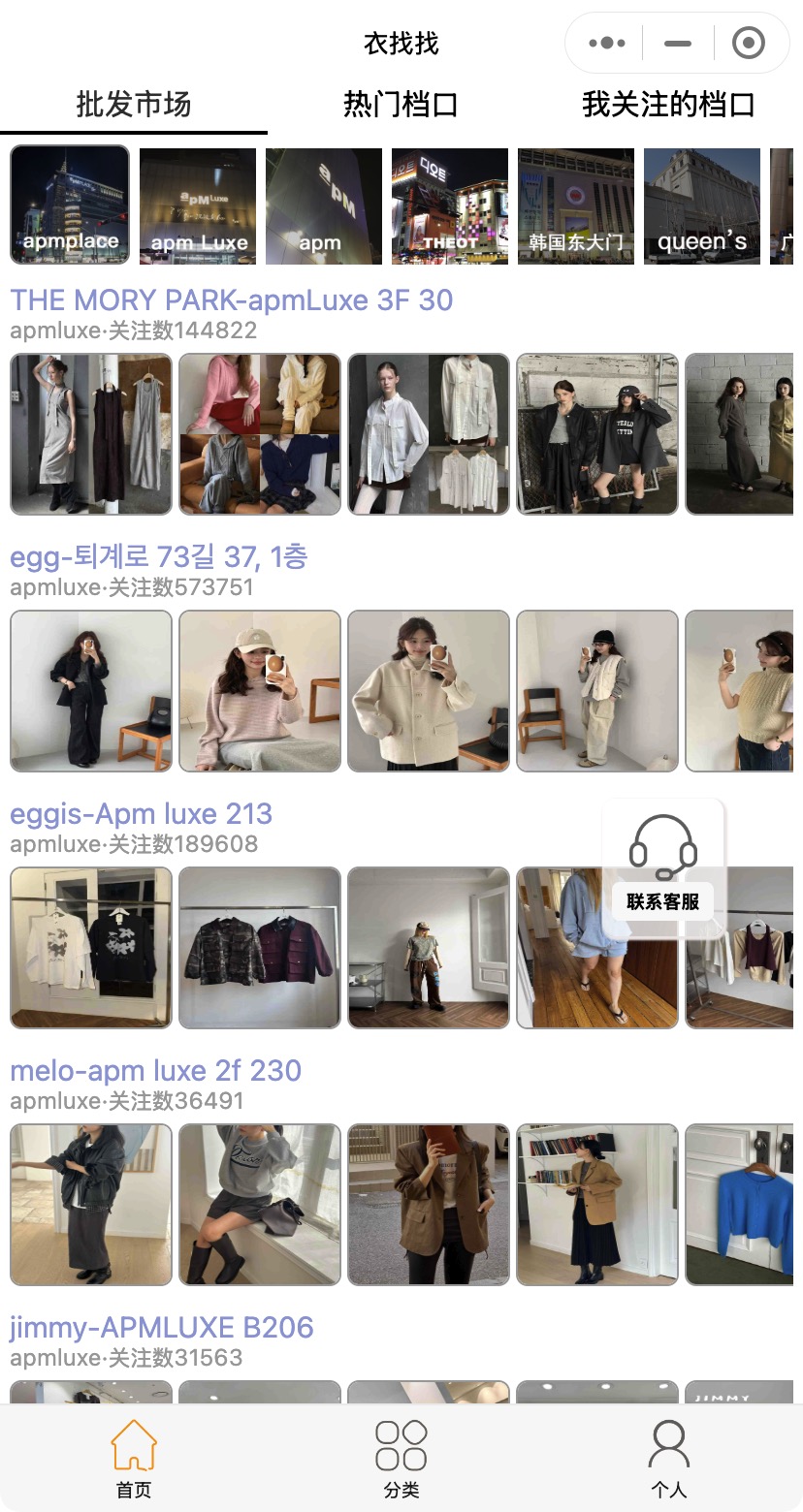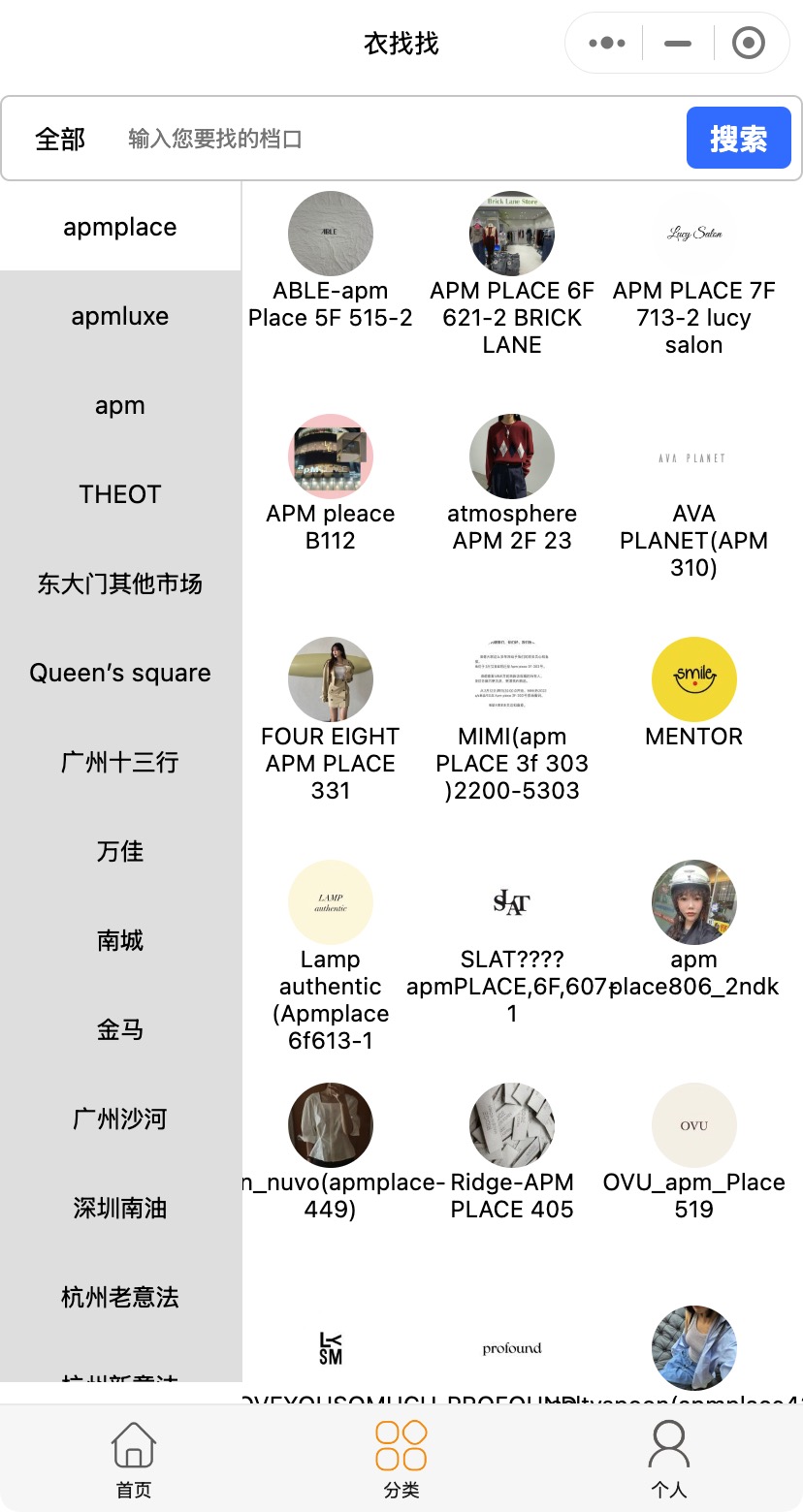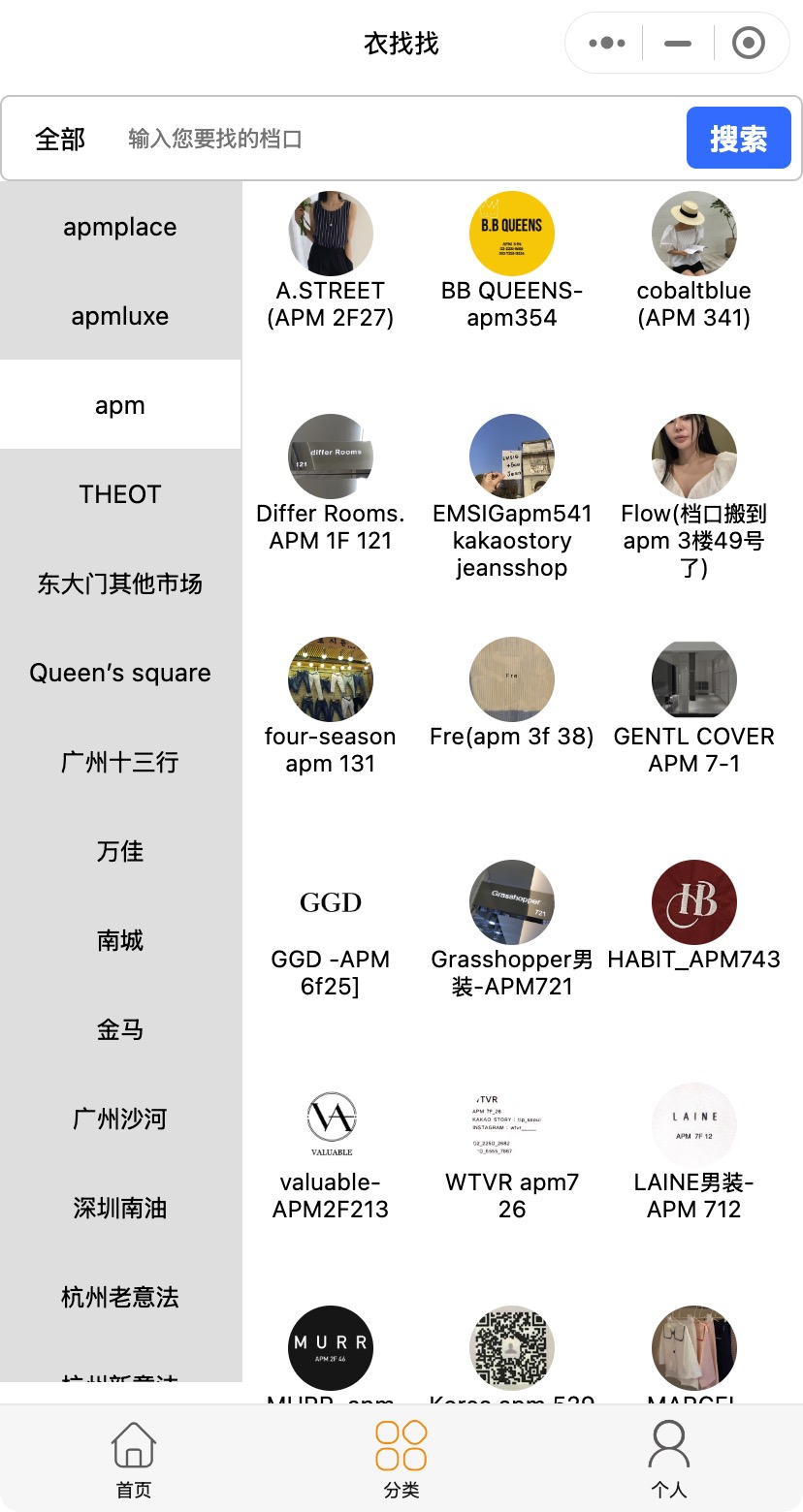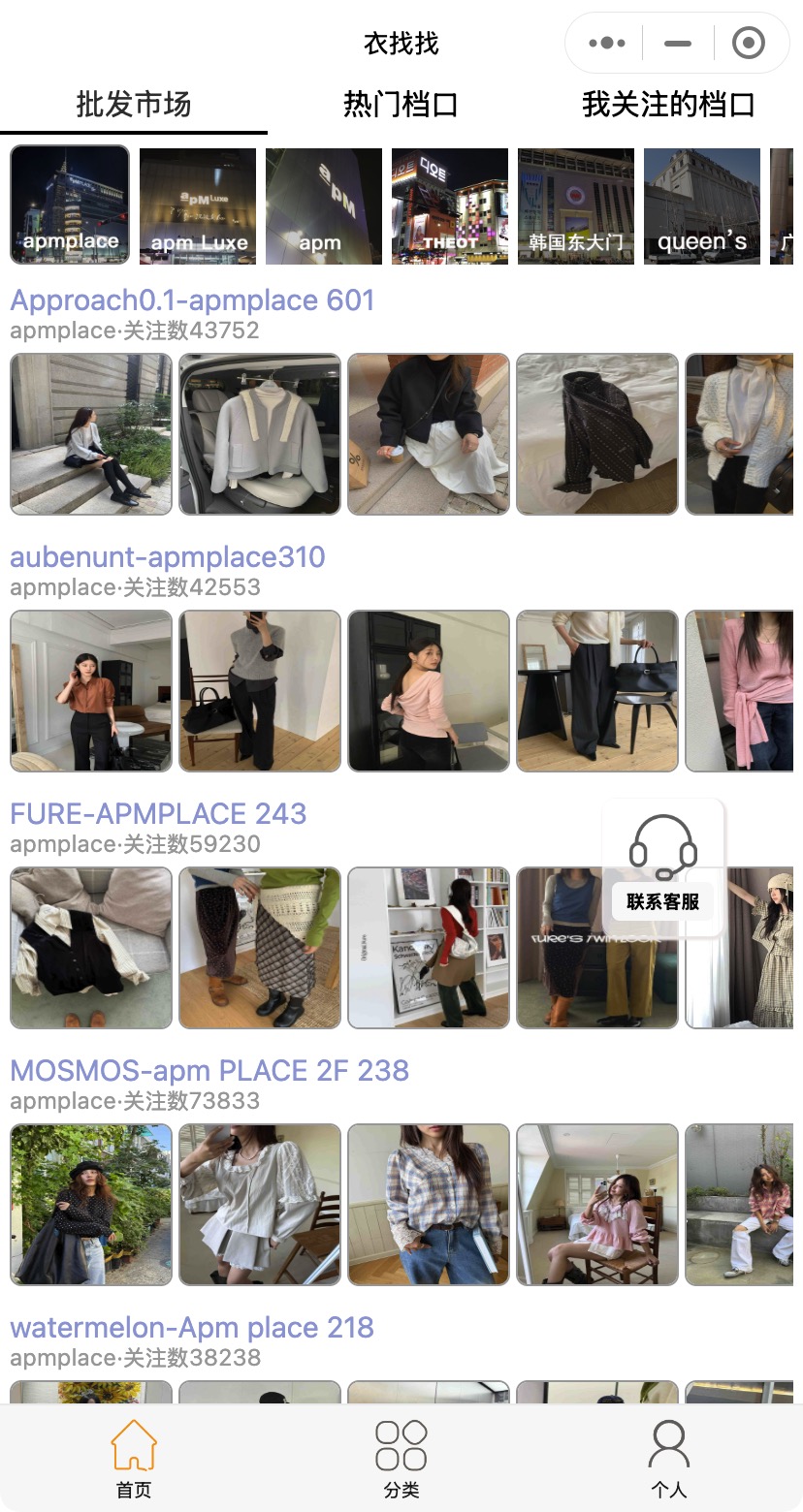For China′s wholesale market information, visit Soudangkou.com at cdn.soudangkou.com . Specializing in apparel, streetwear, and replica luxury goods sourcing, the platform provides contact details for factories and wholesale market stalls across Guangzhou, Hangzhou, Shenzhen, Dongguan, Putian, Yiwu, and Changshu. Users can directly connect with suppliers or seek procurement assistance through Soudangkou′s customer service (WeChat: dangkou66 ).Table of contents
hide
1.
Introduction:
2.
What is Product Sourcing?
3.
Types of Product Sourcing
4.
Five Steps to Successful Product Sourcing
5.
Five Tips for Product Sourcing
6.
FAQ about Product Sourcing
7.
Conclusion
Introduction:
Are you looking for a reliable and cost-effective way to source products from China? If so, you’re in the right place. You are not the only one thinking about product sourcing in China. Many business owners choose to source products from China because of the low cost and the large number of manufacturers.
But, there are a few things you should keep in mind before you start sourcing products from China. In this blog post. And we’ll take a look at what you need to know about product sourcing in China. We’ll share our top tips for product sourcing in China, including how to find the right supplier, how to negotiate prices, and how to avoid common pitfalls.
![]() What is Product Sourcing?
What is Product Sourcing?
Product sourcing is the process of finding and acquiring products for your business. This can be done through a variety of means, such as manufacturing, wholesale, dropshipping, and more. The goal of product sourcing is to find high-quality products at the best possible price in order to maximize profits.
Since 2018, product sourcing in China provides you with the service of dropshipping which means that you won’t need to hold or manage inventory and shipment by yourself. In this way, you can choose the supplier with which you like to cooperate.
Therefore, you will have more energy to focus on building your own brand, running a more effective business, and providing more thoughtful customer support.
And when we look deep inside, product sourcing in China also includes market and product market research, price control & calculations, and negotiating with suppliers.
There are a few things to keep in mind when you source products to sell.
- First, you need to be aware of the different types of product sourcing.
- Second, you need to know where to look for products.
- Third, you need to consider the cost of the product and shipping.
![]() Types of Product Sourcing
Types of Product Sourcing
After we know the exact meaning of product sourcing in China, we should learn more things about it, such as how to do product sourcing in China. How to use it and how to make the best profit from it. We need to know how many types of product sourcing there are in China in order to answer this question.
In the normal sense, we will achieve sourcing products in China in the following ways:
– DIY Products or Services
There are a number of reasons why you might want to consider making your own products or services. Perhaps you’re looking to save money, price of limited products and services is usually cheaper than the whole services that the sourcing agents provide. Or you enjoy the satisfaction of creating something by yourself. Whatever the reason is, you should keep the following details in mind when you want to use DIY types of products sourced in China.
Pros:
- You can learn a new skill for your handmade goods business.
- For small businesses, selling DIY products is a low-cost choice and the profit margin will be high.
- If you can find innovation and business opportunities in the DIY process
Cons:
- DIY has low efficiency, a high time cost, and high requirements for your technical level and ability to integrate supply chain resources.
- You may need to conduct market research and product research, which is time-consuming.
– Manufacturing
There are lots of manufacturers in China. By working with a manufacturer, it will be easy to produce and assemble products in China.
Professional manufacturers can effectively help you improve the products which you design, and help you overcome unnecessary entanglements according to their rich production experience so that your ideas can be truly landed and mass-produced, saving you time and giving you more energy for business models and marketing promotion.
– Wholesale
Wholesale is the process of buying products in bulk from a supplier. This is a good idea if you’re looking for low prices and don’t mind dealing with other trivial things such as inventory and shipment. But in this kind of product sourcing, you can immediately access a wide selection of inventory, you will also have the chance to compare prices and negotiate bulk purchase discounts. Moreover, you can stay in better control of supply as you’d be dealing with one company, rather than many people at once.
– Dropshipping
Dropshipping is a type of eCommerce where you sell products without having to carry any inventory. It’s a product sourcing method where another vendor fully fulfills a customer’s order. It realizes in such a way: when a customer places an order, you simply contact the supplier and they ship the product directly to the customer.
Dropshipping is a kind of DTC (Direct to Customer)solution, you only list what you have in inventory on your website, while your dropshipping suppliers or the China sourcing agent you have hired will handle everything that happens after the sale including packaging, shipping, and so on.
Dropshipping is a good option if you’re just getting started and don’t have the resources to invest in inventory. It helps you deal with all the issues in one transaction. It’s a really worry-free choice for those startups. And fortunately, Ruizhi sourcing is a China sourcing agent that provides e-commerce startups with dropshipping services.
Product sourcing in the way of dropshipping has lots of advantages as well as disadvantages. Let’s see them one by one.
Pros of dropshipping:
1. Wide selection of new products
2. Low-cost and fast way for startups
3. No inventory and shipment costs and risks.
4. Small MOQ (minimum order quantities)
Cons of dropshipping:
1. Lower profit margin
2. Fierce competition for startups
3. Can’t guarantee the quality of products
4. More challenging
– Sourcing agents and trading companies
The purchasing agent and trade companies act as a middleman for your manufacturer. This group can help your production through communication directly with your manufacturers, assist in quality management, and monitor production for you. It gives manufacturers and other suppliers flexibility in transferring manufacturing tasks to specialized third-party companies. So your frontline process becomes less complex, if not better managed.
Those purchasing agents and trading companies act as middlemen for manufacturers. This team can help you source products and your production, help you with quality management, and monitor production for you by communicating directly with suppliers. You can transfer the entire task of finding a manufacturer and supervising production and shipment to a professional third-party company (sourcing agents and trading companies). As a result, even without better management, your procurement process will become less complex.
Here is what I will help you sort out the top 30 sourcing agent in China. To learn more about china sourcing agent, pls click here.
– Online Marketplaces
A marketplace is a platform that allows buyers and sellers to trade goods and services. Marketplaces are usually online platforms that provide a space for businesses to list their products or services and connect with potential customers. It’s also a good way to do product sourcing.
Some popular marketplaces include Amazon, eBay, and Etsy. These platforms are used by millions of people around the world to buy and sell everything from books and clothes to electronics and furniture. However, these are B2C platforms, suitable for ordinary consumers, if you want to do your own wholesale business. Let’s see the following 5 apps that can help you do product sourcing.
1. Alibaba
Alibaba is a Chinese wholesale website founded by Jack Ma. It is located in China and has a history of 22 years.
Alibaba has a large number of manufacturers and suppliers. Therefore, you can find different categories, such as clothing, electronics, machinery and beauty products.
2. AliExpress
AliExpress is an e-commerce APP under Alibaba Group. AliExpress has a reputation for low MOQ. But most of them are pre-made products, which means buyers cannot customize them.
The reason is simple. Most of the suppliers on this platform are middlemen. As a result, they prefer to sell only prefabricated products.
3. DHgate
DHgate is a perfect Chinese wholesale website and app for beginners. One of the largest leading B2B markets & my first recommendation for beginners.
A fast and easy wholesale shopping experience is the hallmark of DHgate.
Wholesale procurement is not an easy task. You need to put a group of proven sellers on the shortlist, talk to them, and then close the deal. These activities do take a lot of time. With DHgate, simply add the product to the shopping cart.
4. Made in China
Made in China is an app that connects Chinese suppliers and global buyers. It handles wholesale and B2B services.
Their products focus more on industrial and construction products. The product range on “made in China” is similar to that of Alibaba. However, made in China provides a detailed description of the products listed.
5. Global Sources
Global Sources is a Chinese wholesale app that positions itself as an one-stop platform to meet all your purchasing needs. Global Resources is not only an online market, but also a trade show facilitator and procurement service provider.
As an online market, it connects wholesalers and buyers. Just like CDH Investments, Alibaba and Express. And, as a facilitator of trade shows, it lists and helps register upcoming Chinese trade shows / trade fairs.
》MORE: Top 15 Chinese Wholesale Websites to Find Chinese Suppliers
》MORE: Top 8 Famous Chinese Clothing Wholesale Websites
– Wholesale Market
There is also a very direct way of sourcing products to quickly see many of the product categories you want, which is to visit some well-known wholesale markets, such as China Yiwu Trade Mall or Vietnam International Trade City (VITC). This product sourcing method is suitable for three types of purchasing managers.
1. Want to know the future features and appearance trends of a certain category of products
2. Worry about choosing suppliers online.
3. For a large number of product categories and small quantities
We have compiled a list of various categories in China’s well-known wholesale markets.
| Category | Rating | Wholesale Markets | Location |
|---|---|---|---|
| Bags |
⭐⭐⭐⭐⭐ | 1. Baoding Baigou Bags & Cases Trading Market | Baigou, Baoding City |
| ⭐⭐⭐⭐⭐ | 2. Guihua Gang Leather Bags Market | Guangzhou City | |
| ⭐⭐⭐⭐ | 3. Yiwu International Trade City, District 2 | Yiwu,China | |
| ⭐⭐⭐ | 4. Nantai Suitcases & Bags Wholesale Market | Haicheng City, Liaoning | |
| Bridal Clothes | ⭐⭐⭐⭐ | 1. Huqiu Bridal City | Suzhou City |
| Commodity |
⭐⭐⭐⭐⭐ | 1. Yiwu International Trade City | Yiwu,China |
| ⭐⭐⭐⭐ | 2. Wuai Small Commodity wholesale market | Shenyang City | |
| Ceramics | ⭐⭐⭐⭐⭐ | 1. Shiwan Shagang Ceramics Wholesale Market | Foshan City |
| ⭐⭐⭐⭐ | 2. Jingdezhen Ceramics Market | Jingdezhen City | |
| Clothes | ⭐⭐⭐⭐⭐ | 1. Hangzhou evergreen clothing market | Hangzhou City |
| ⭐⭐⭐⭐ | 2. Guangzhou Shahe Clothing Market | Guangzhou City | |
| ⭐⭐⭐ | 3. Hangpai Boutique Costume Market | Wuhan City | |
| ⭐⭐⭐ | 4. Xinhangpai Leisure Fushicheng | Hangzhou City | |
| ⭐⭐⭐⭐⭐ | 5. Guangzhou Baima clothing market | Guangzhou City | |
| ⭐⭐⭐⭐⭐ | 6. Guangzhou Thirteen Hongs of Canton | Guangzhou City | |
| ⭐⭐⭐ | 7. Huangyuan Clothing Market | Yiwu,China | |
| ⭐⭐⭐ | 8. Baohua Baima Costume Wholesale City | Shenzhen City | |
| Electronic | ⭐⭐⭐⭐⭐ | 1. Huaqiang Bei Electronic World | Shenzhen City |
| ⭐⭐⭐⭐ | 2. Yiwu International Trade City, District 2 | Yiwu,China | |
| Furniture | ⭐⭐⭐⭐ | 1. Yiwu Furniture Market | Yiwu,China |
| Glasses | ⭐⭐⭐⭐⭐ | 1. China Danyang Glasses City | Danyang City,
Jiangsu Province |
| ⭐⭐⭐⭐ | 2. Duqiao Zhejiang Glasses City | Duqiao City,Zhejiang | |
| ⭐⭐⭐ | 3. Yiwu International Trade City, District 3 | Yiwu,China | |
| Hardware | ⭐⭐⭐⭐⭐ | 1. China Technology Hardware City | Yongkang City, Zhejiang |
| ⭐⭐⭐ | 2. Shanghai Hardware City | Shanghai City | |
| ⭐⭐⭐ | 3. Yiwu International Trade City, District 2 | Yiwu,China | |
| ⭐⭐⭐ | 4. Yiwu Material Market | Yiwu,China | |
| Jewelry | ⭐⭐⭐⭐⭐ | 1. Shuibei International Jewellery Exchange Center | Shenzhen City |
| Leather | ⭐⭐⭐⭐⭐ | 1. Haining China Leather City | Jiaxing City,Zhejiang |
| Down Leather | ⭐⭐⭐⭐⭐ | 1. Gaoyou Down Feather Economic Development Zone | Gaoyou City,Jiangsu |
| Machinery & Accessories | ⭐⭐⭐⭐⭐ | 1. Linyi Car & Motorcycle Fittings Town | Linyi City, Shandong |
| ⭐⭐⭐⭐ | 2. Yiwu International Production Material Market | Yiwu,China | |
| Shoes | ⭐⭐⭐⭐⭐ | 1. Guangzhou Metropolis Shoes City | Guangzhou City |
| ⭐⭐⭐ | 2. Yiwu International Trade City, District 4 | Yiwu,China | |
| Silk | ⭐⭐⭐⭐⭐ | 1. Hangzhou Chinese Silk City | Hangzhou City |
| ⭐⭐⭐⭐ | 2. Eastern Silk Market China | Suzhou City | |
| ⭐⭐⭐⭐⭐ | 3. China Textile Town | Shaoxing City, Zhejiang | |
| Socks | ⭐⭐⭐⭐⭐ | 1. Datang Stocking Industry Market | Zhuji City, Zhejiang |
| ⭐⭐⭐⭐⭐ | 2. Yiwu International Trade City, District 4 | Yiwu,China | |
| Stationery | ⭐⭐⭐⭐ | 1. Guangzhou Chaoyang stationery market | Guangzhou City |
| Toys | ⭐⭐⭐⭐ | 1. Wanling plaza | Guangzhou City |
| ⭐⭐⭐⭐⭐ | 2. Shantou Chenghai Plastic City | Shantou, Guangdong | |
| ⭐⭐⭐ | 3. Linyi Yongxing International Toy Profession Wholesale City | Linyi City, Shandong | |
| ⭐⭐⭐ | 4. Jiuzhou Stationery Toy Wholesale Market | Shenzhen City | |
| Textile | ⭐⭐⭐⭐⭐ | 1. China Textile Town | Shaoxing City, Zhejiang |
– Trade shows
Trade shows are a great place to do product sourcing. There is numerous trade show around the world during the year. Trade show is a connection that can effectively get the suppliers and the buyers together. It’s a good way for startups to source products in China and build their own brands. This blog will tell you “China Trade Fairs for Sourcing Products”
It’s also a great way to meet new private label products to ease your difficulties when sourcing products in China and other countries.
This method of product sourcing also has its cons and pros.
Pros of trade shows:
1. Access to a host of different suppliers at once
2. Ability to see and feel the product in person
3. Novel and innovative products
4. Faster pace of supply deal negotiation
Cons of trade shows:
1. Extra travel and attendance costs
2. Intimidating process for first-timers
3. Many suppliers prefer to work with bigger brands
-Supplier websites
Supplier websites are a great place to source products from China. Most suppliers have an online catalog of their products. And usually all of their information can be found on their website. You can search the product you want, then find a series suppliers and contact them directly on their websites. You can usually request a quote or price list directly from the supplier.
![]() Five Steps to Successful Product Sourcing
Five Steps to Successful Product Sourcing
Product sourcing can be a daunting task, especially if you’re a startup. But never fear! We’re here to help you every step of the way.
Here are five steps to successful product sourcing:
1. Contact any potential suppliers
The first step is to reach out to any potential suppliers that you’re interested in working with. Or you can hire a sourcing agent such as Ruizhi Sourcing to help you gather the information of suppliers. Get in touch via email or phone, and be sure to ask any questions you might have about their products, services, and prices.
2. Ask for samples
Once you’ve narrowed down your list of potential reliable suppliers, it’s time to ask for samples of their products. This will help you get a better idea of the quality of their goods, and whether or not they’re a good fit for your needs. It’s an important way during product sourcing process.
3. Choose a supplier to trial-run an order
After you’ve received and reviewed your samples, it’s time to choose a supplier to trial-run an order with. This will help you gauge their turnaround time, customer service, and overall reliability.
4. Evaluate suppliers
After you’ve placed your trial order, it’s time to sit back and evaluate your chosen supplier. How did they do? Did they meet your expectations? Would you recommend them to others?
5. Keep other supplier options
Even if you’re happy with your chosen supplier, it’s always a good idea to keep other options open. You never know when you might need to make a switch, so it’s best to be prepared.
We hope these tips have been helpful! Product sourcing doesn’t have to be difficult or time-consuming. With a little know-how, you can find the perfect supplier for your needs in no time.
![]() Five Tips for Product Sourcing
Five Tips for Product Sourcing
Product sourcing is one of the most important aspects of running a successful business. It can be the difference between a successful launch and a complete flop. Here are five tips to help you source the best products for your business:
1. Do your research
This may seem like an obvious one, but it’s important to do market research before you start sourcing products. You need to know who your target market is, what they want, and what they’re willing to pay. You also need to know what your competition is offering. This research will help you make informed decisions about the products you source.
2. Find a reputable supplier
Once you’ve done your research and you know what products you want to source, it’s time to find a reputable supplier. This is one of the most important steps in product sourcing. You need to find a supplier that you can trust to provide you with high-quality products at a fair price. Take your time to find a supplier that you’re comfortable with and that you feel confident about.
3. Negotiate prices
After you’ve found a reputable supplier, it’s time to negotiate prices. This is where your research will come in handy. You need to know what the going rate is for the products you want to source. Then you can start negotiating with your supplier. It’s important to remember that you don’t have to accept the first price you’re offered. Be prepared to walk away if you can’t get the price you want.
4. Get everything in writing
Once you’ve negotiated a price, it’s important to get everything in writing that is listed in the contract. This includes the price, the delivery date, and the terms and conditions. This will protect you if there are any problems with the product or the delivery.
5. Stay organized
Finally, it’s important to stay organized when you’re sourcing products. This includes keeping track of your orders, invoices, and delivery dates. This will help you stay on top of your business and avoid any problems.
Product sourcing is a vital part of running a successful business. By following these tips, you can be sure that you’re sourcing the best products for your business.
FAQ about Product Sourcing
Q1. What are the benefits of product sourcing?
Product sourcing can help you find the right products for your business at the right price. It can also help you build relationships with suppliers and manufacturers.
Q2. What are some common product sourcing methods?
There are a few common product sourcing methods, including:
- Searching online directories
- Attending trade shows
- Asking for recommendations
Q3. What is sourcing for Amazon?
What is Amazon Product Sourcing? According to the book definition of Amazon product procurement, it is defined as the process of finding high-quality products to be sold on Amazon at a reasonable price from trusted and reputable suppliers.
Q4. What should I consider when sourcing products?
When sourcing products to sell, you should consider:
- Your business needs
- Your budget
- Your target market
- Your competition
Conclusion
Overall, product sourcing in China can be a great way to get high-quality products at lower prices. However, it is important to do your research and work with a partner in order to avoid any issues. By taking the time to do this, you can ensure that you will be happy with your final products.

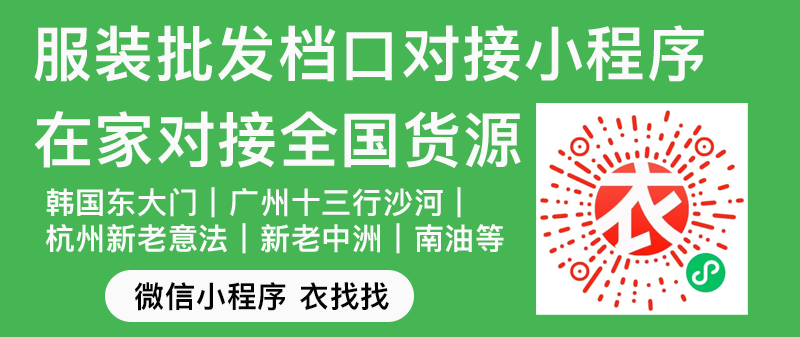
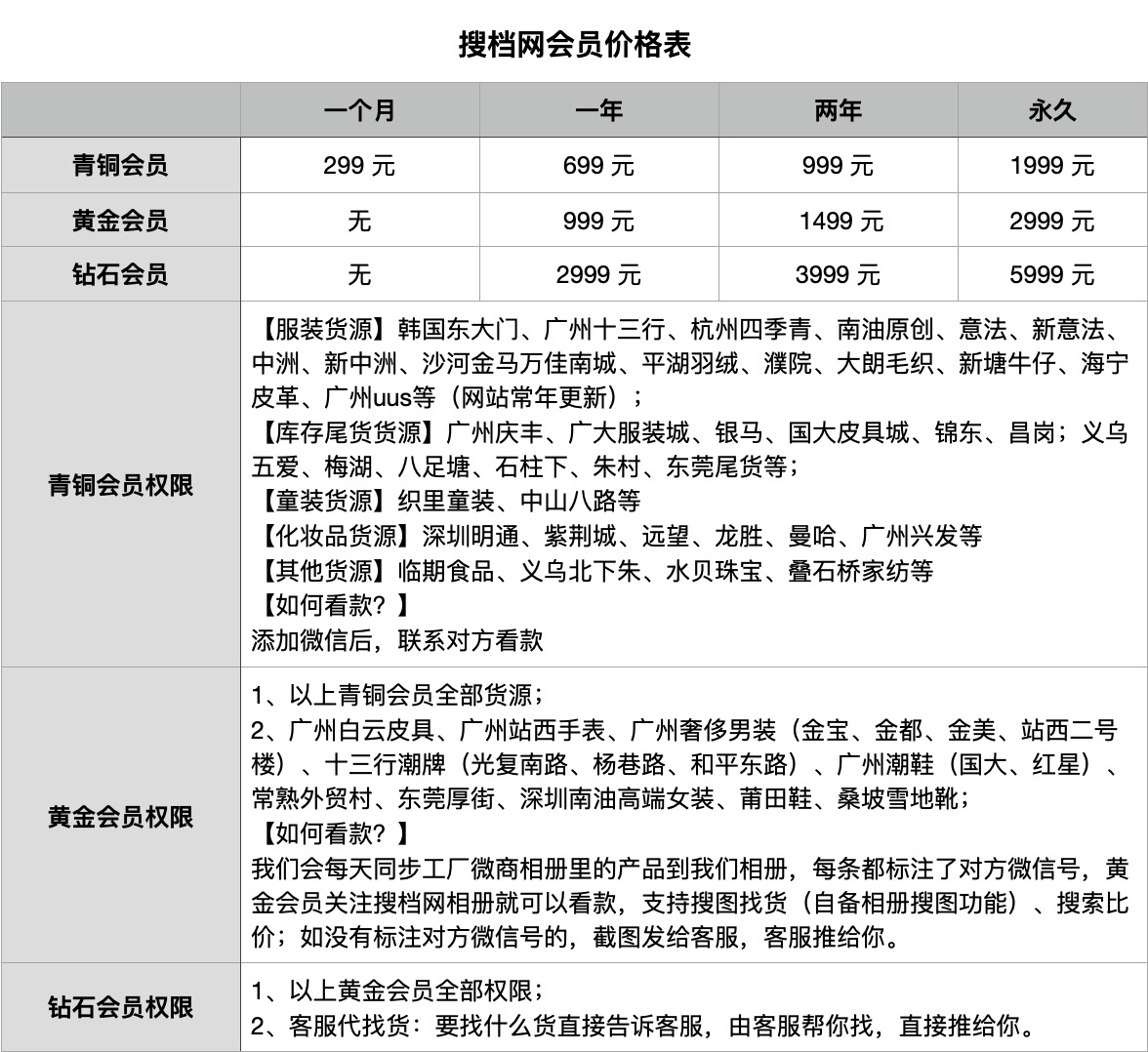
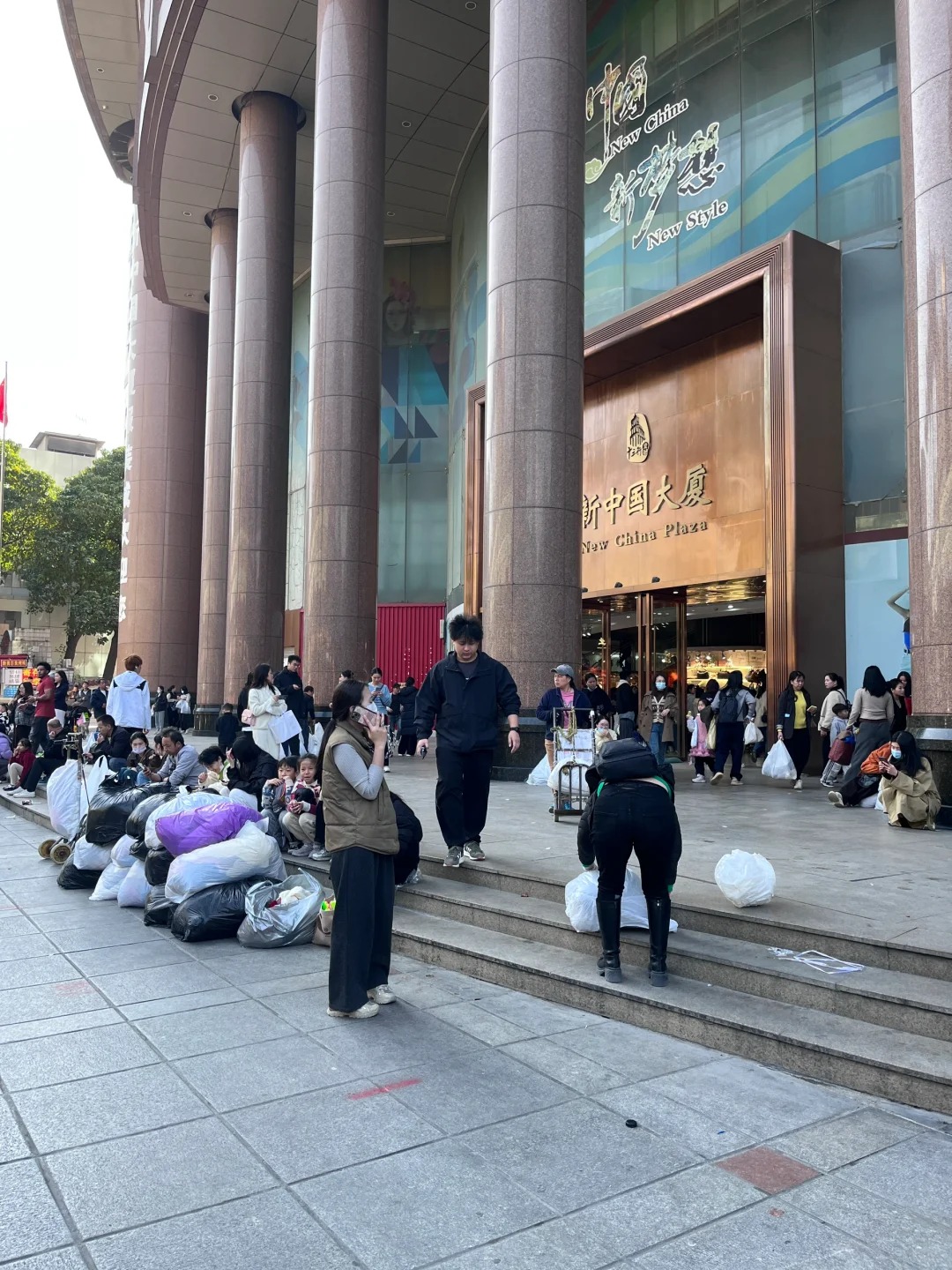
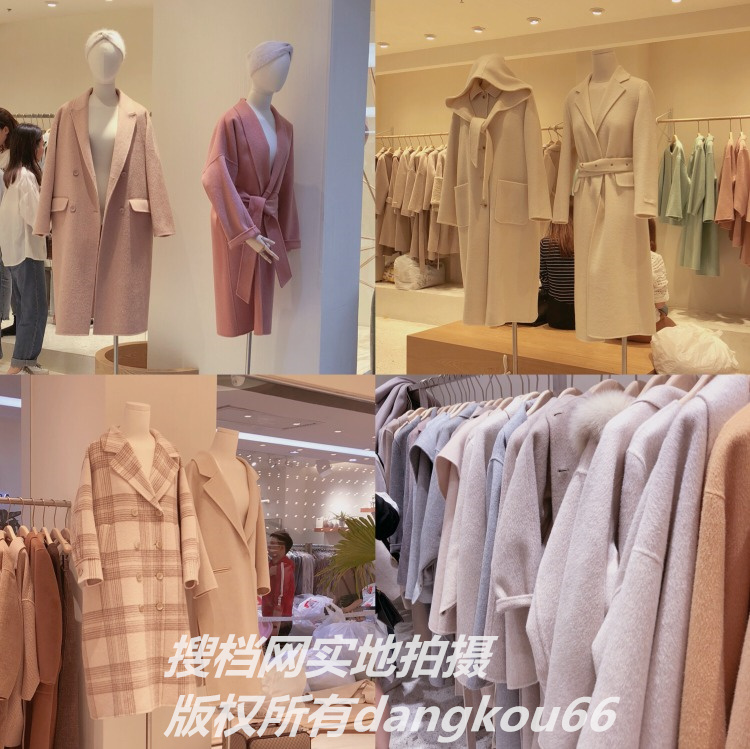
![Must-See for New Store Owners! In-Depth Analysis of Nanyou Building 108’s [34 Bestselling Wholesalers]! Bestsellers, Designer Styles, and New Chinese Chic All in One Place!](https://cdn.soudangkou.com/2025/10/20251031022627852.png)
